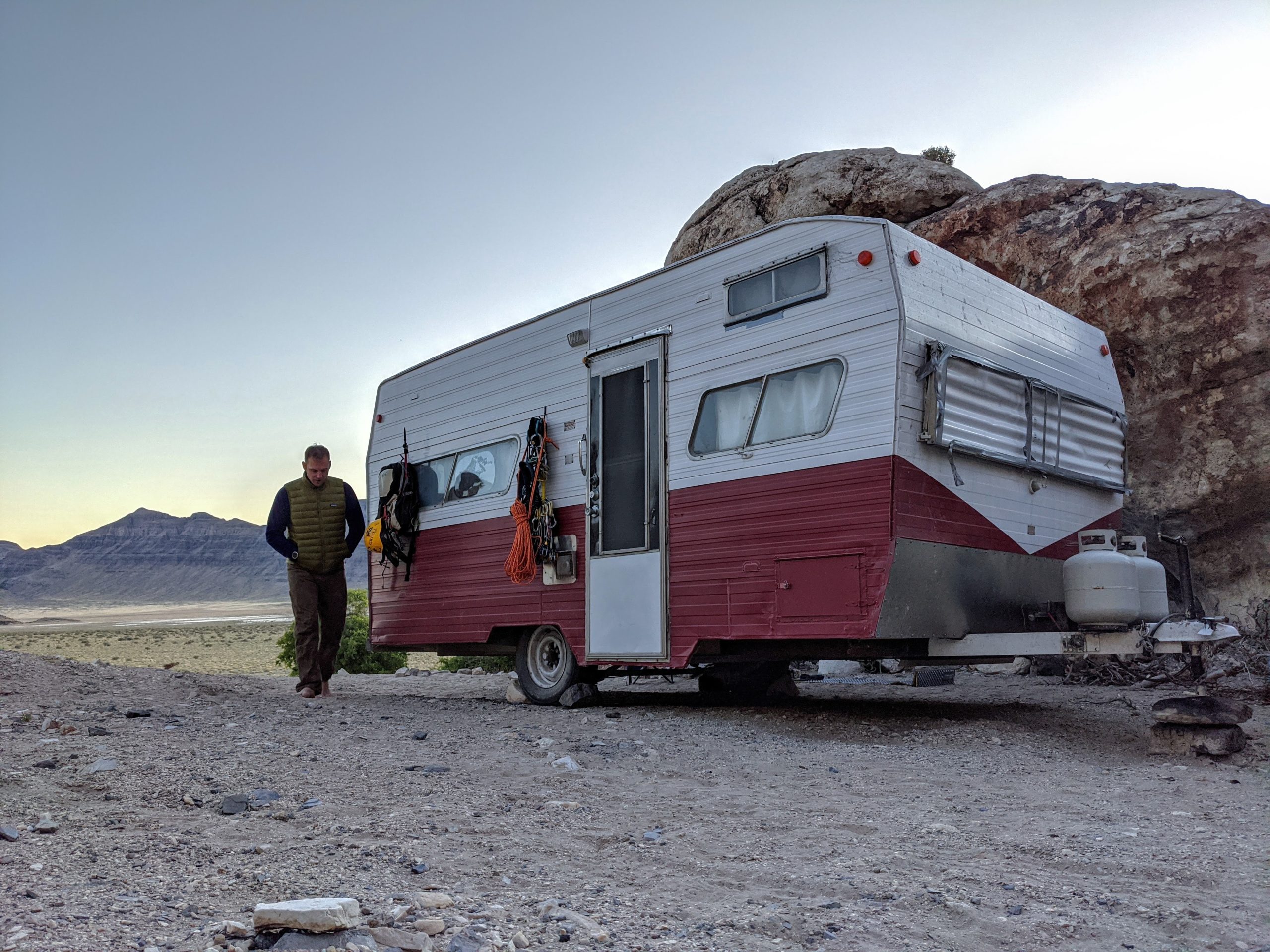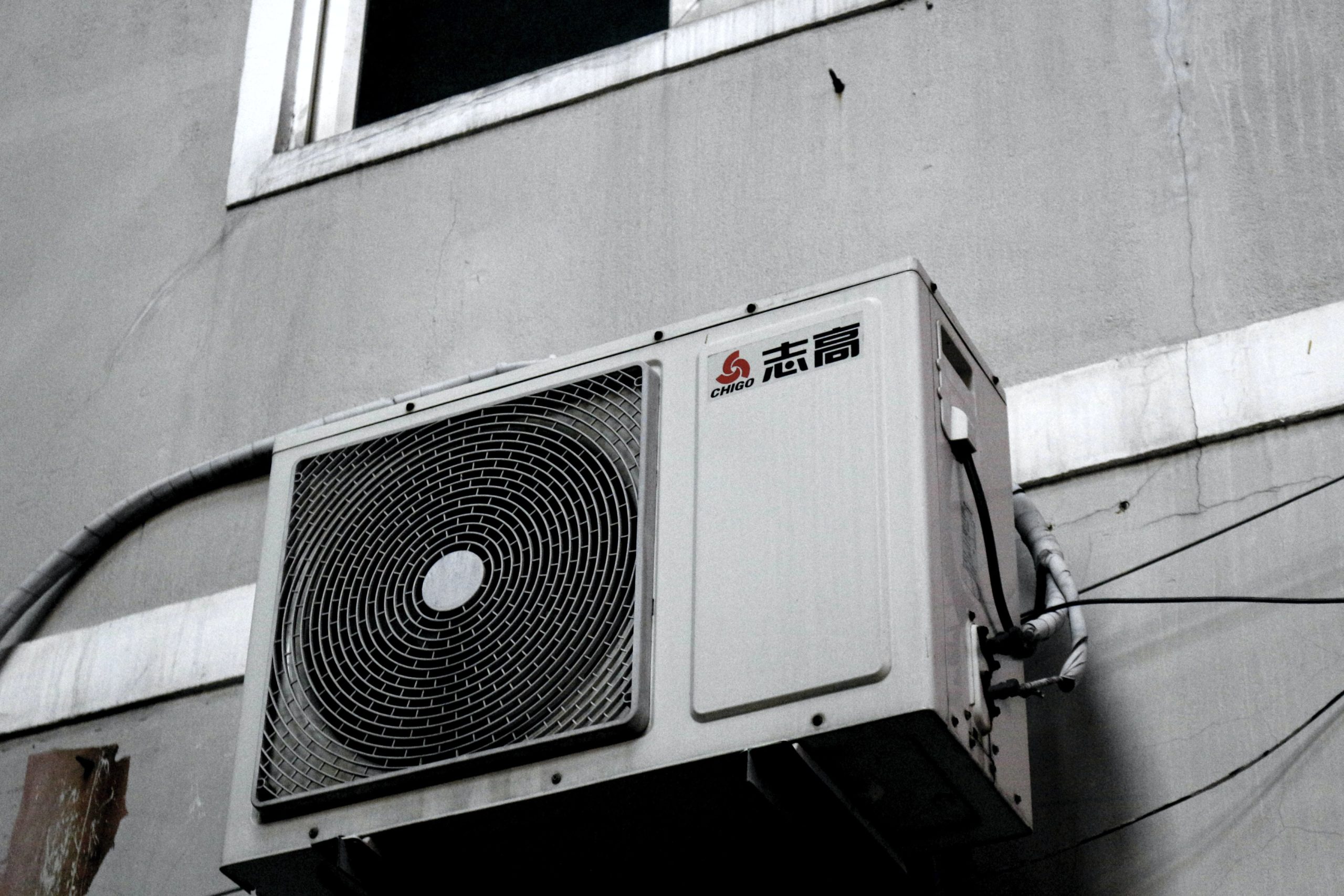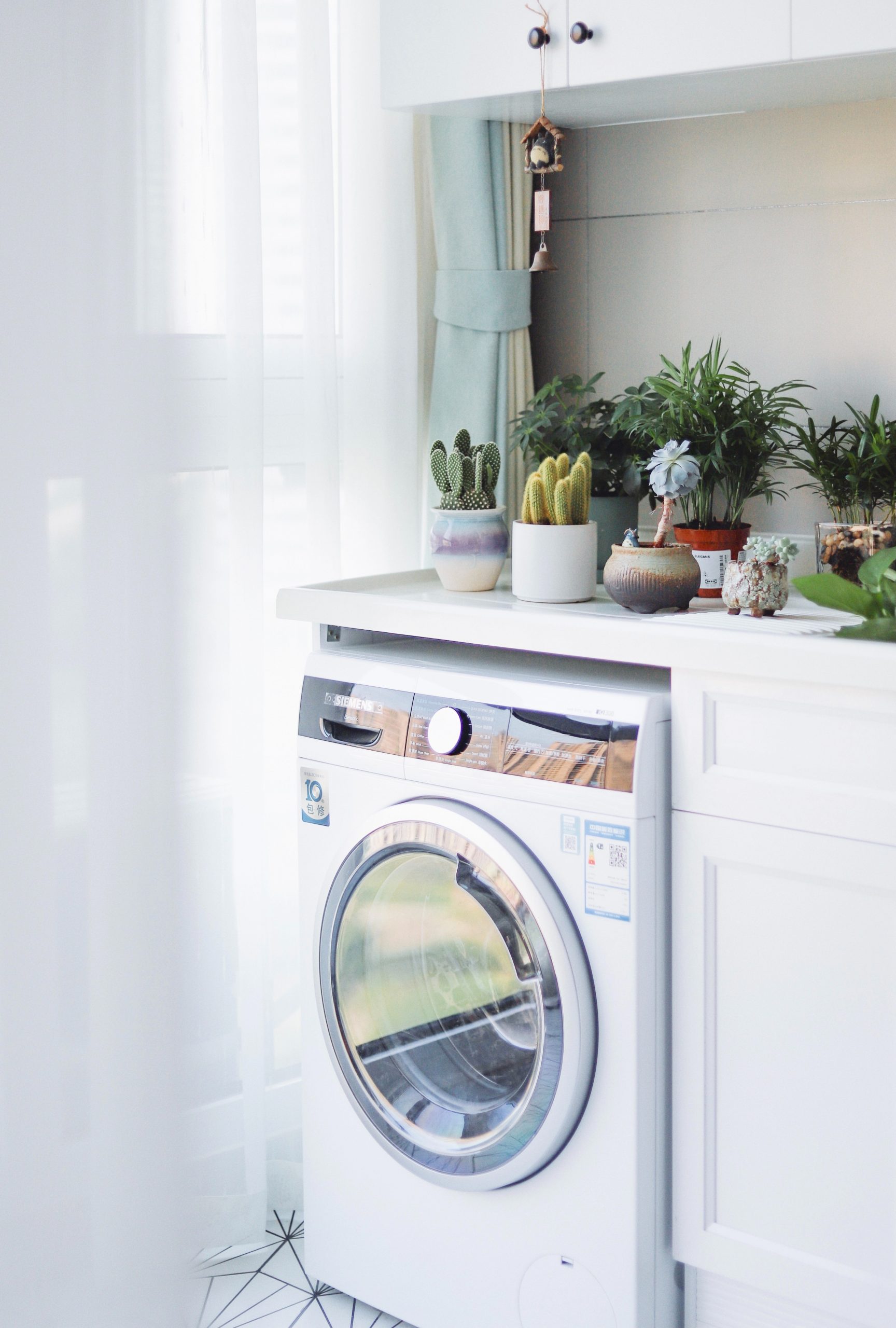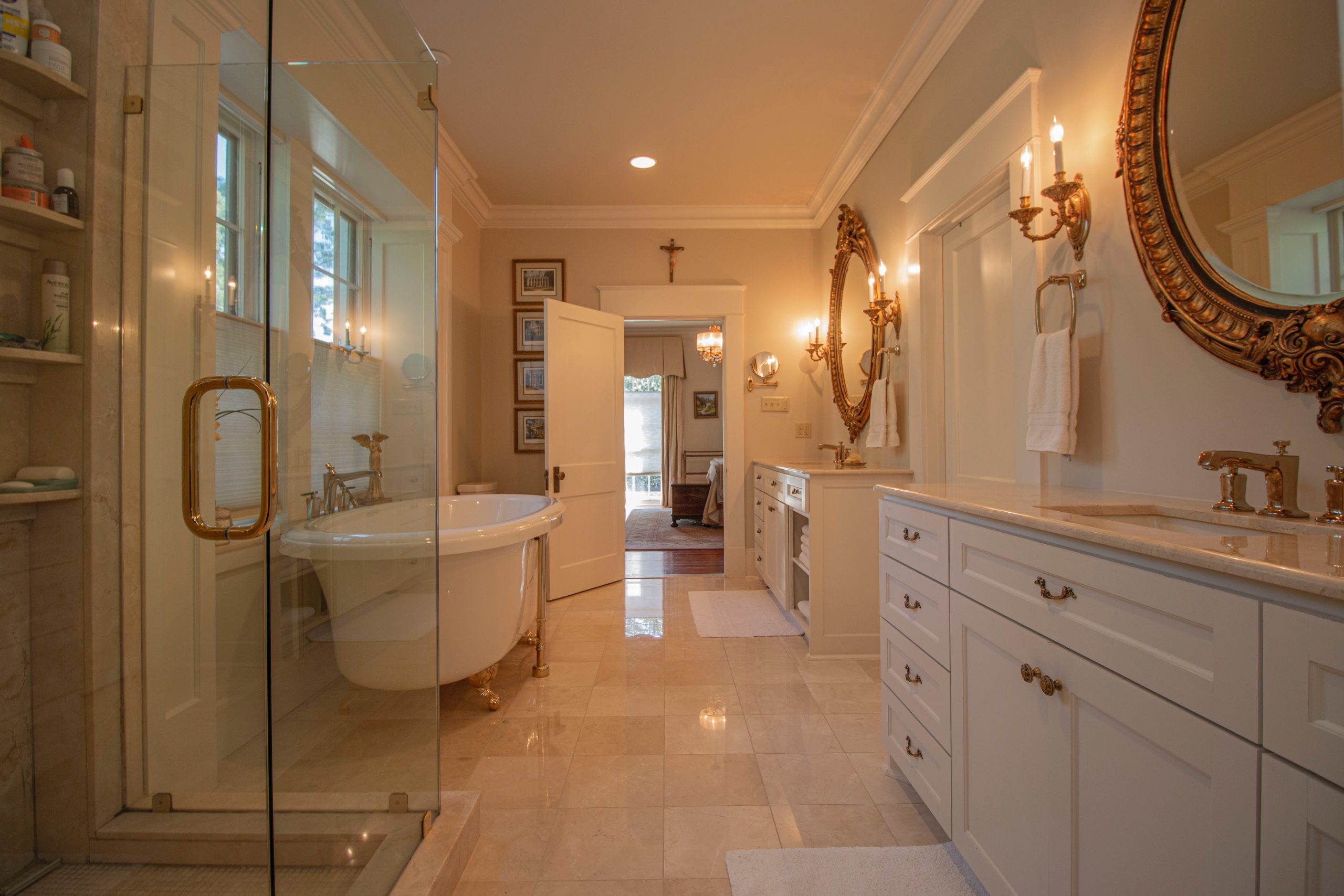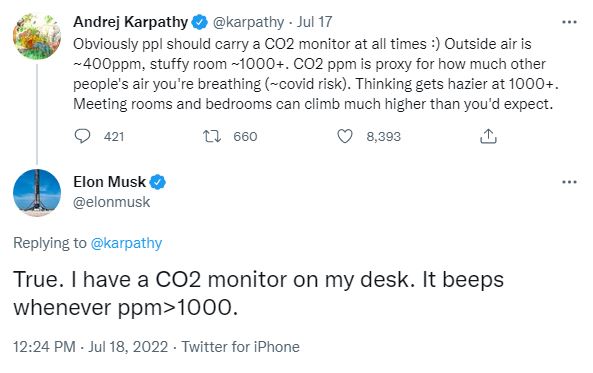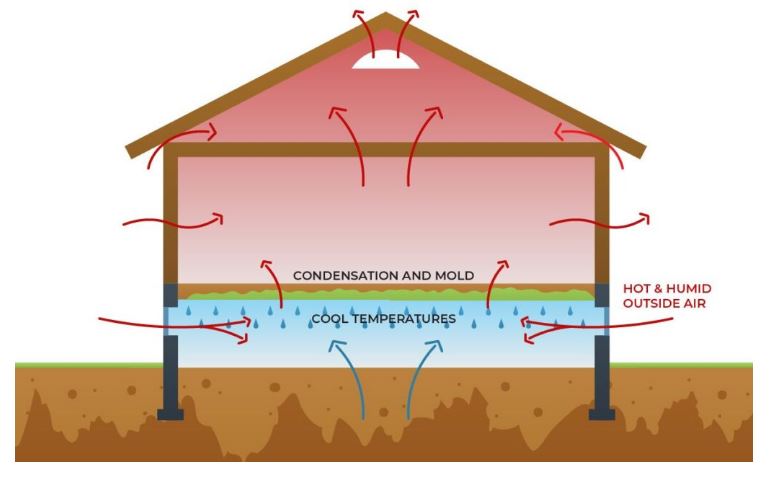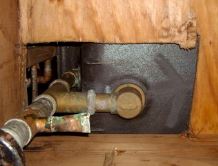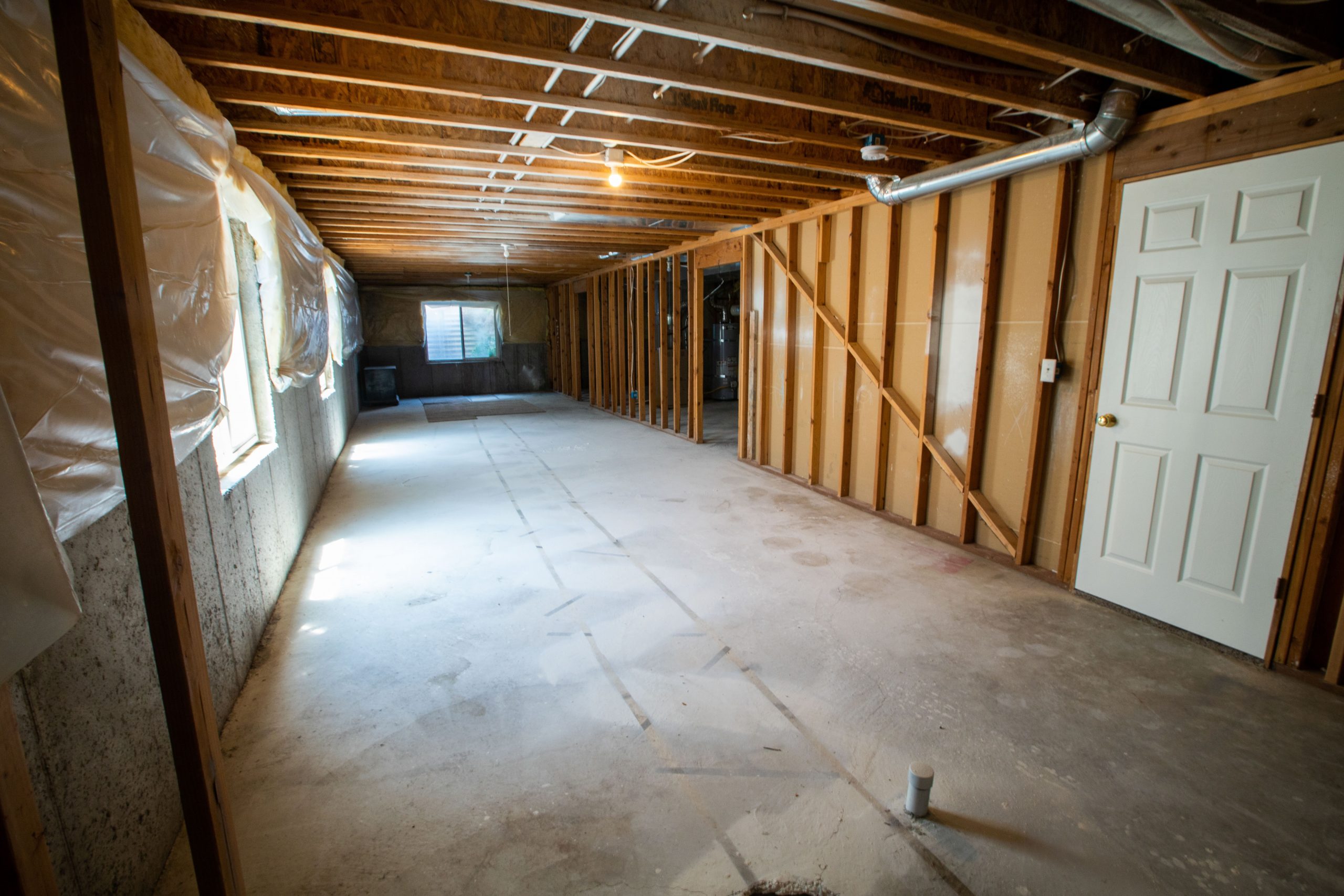How to help seniors avoid Alzheimer’s and dementia through better air quality
How to help seniors avoid Alzheimer's and dementia through better air quality
HypoAir has many generous customers! We frequently get orders for multiple purifiers with different ship locations, because once our customers see how well they work, they want to gift them to friends and family who don’t know about their benefits, or may not be able to afford them. Inspired by this generous spirit, I want to let you know a few more reasons and ways to help those who need it most, the elderly.
Whether or not you have a senior in your family, it’s likely you know someone who because of age or infirmity has more difficulty cleaning their home than they used to. Anything that involves a ladder may not be safe for them to do, and heavy vacuums take a lot of energy to maneuver. They also may not have access to better vacuums and air purifiers with HEPA filters, which are important for filtering out fine particulates from indoor air. So, the dust piles up and this not only leads to a sense of discouragement; it can affect their physical mental abilities. At least one study found that air pollution exposure later in life is a risk factor for dementia. A study published in February 2022 “found that greater improvement in long-term AQ in late life was associated with slower cognitive declines in older women. “ Exactly how was this assessed?
First of all, the researchers reference the National Ambient Air Quality Standards (NAAQS), which were created in 1970 by the EPA through the Clean Air Act. Six pollutants were identified as “criteria” pollutants, which are carbon monoxide, lead, nitrogen dioxide, particulate matter (in which two categories of less than 10 microns and less than 2.5 microns were identified), sulfur oxides, and ground-level ozone. (Britannica.com) Since the enactment of the NAAQS 50 years ago, significant reductions in the average pollution levels have been seen across the US, but not in every location. This new air pollution study used a subset database of 2,232 women aged 74-92 who were already participating in the the Women’s Health Initiative (WHI) Memory Study (WHIMS)-Epidemiology of Cognitive Health Outcomes (WHIMS-ECHO) study, which began in 2008. The air pollution study correlated the pollution levels at each participant’s address in the first 10 years (2008-2018), according to US Environmental Protection Agency (EPA) monitoring data, to estimate annual mean concentrations of PM2.5 (in μg/m3) and NO2 (in parts per billion [ppb]). Then they controlled for other variables such as age, education, geographical region, ApoE e4 genotypes (a gene specifically found to increase dementia risk), and cardiovascular risk factors, and excluded others with prevalent dementia and missing data. The association of the cognitive decline of the remaining 2,232 women to the levels of air quality improvement where they lived showed that residing in locations with greater AQ improvement was associated with slower rates of decline in both general cognitive status and episodic memory. These benefits were equivalent to slower cognitive declines in women who were 0.9 to 1.6 years younger at WHIMS-ECHO enrollment, meaning that their brains acted 0.9-1.6 years younger.
Whew, that’s a lot of information (the study was quite rigorous to read) but our customers (and really anyone interested in air quality) are seeking ways to live with the best quality of life, if not also the longest life possible. Therefore, slowing down mental decline by 0.9 - 1.6 years is nothing to sneeze at! It all adds up. It just confirms what we’ve been writing about regarding the location of your home–if you are moving, it’s very important to choose a location that is low ambient air pollution. Higher outdoor air pollution translates to poor quality air inside, if better ventilation and HEPA filters are not used.
Fungi in the brain has been studied as a possible cause of Alzheimers and dementia patients. This summary of recent studies, as well as a 3-part series on mold and its journey through the body on Citrisafe.com, a manufacturer of safe mold cleaning products, show how exposure to mold is a big risk to our brains. This is another reason it’s important to investigate for mold in the homes of the seniors you know.
Unfortunately, many seniors do not have the choice to move into better locations to improve air quality, but we can help them by making small improvements inside. You can do what you can for your aging parents, your neighbors, and anyone else you are able to!
Help to identify the big “leaks” that may be letting outdoor pollution into their home. Some of these are attic doors, leaky fireplace dampers, holes in the subfloor under bathtubs, large holes around plumbing or gas fittings, etc. Sealing these will help to keep the ultra-fine particles and nitrogen dioxide at lower levels.
Encourage and/or help to change their furnace filter regularly. Often the air return filter is under a ceiling grille, requiring a ladder. Although it can be expensive to relocate the filter, you can suggest that they use the highest MERV filter possible for their system (up to MERV 13, check out our selection including activated carbon options here). If renovation is possible, adding a box for a thicker filter will decrease the frequency of changes so that each filter will work longer.
Suggest they buy, or give a gift of a HEPA filter. In addition to the furnace filter, this filter can be placed in the room they use the most, so that they can breathe comfortably for most of the day. Some filters are easily transportable to their bedroom. If they are restricted in movement such as a recliner or bed, a small filter may be best. IQAir’s new “ATEM” filter directs purified air in their breathing zone, and is quite portable. HEPA filters reduce cleaning frequency and intensity by trapping dust, but the filters will need changing (a maintenance cost of running them).
If particulate air quality is quite good in their home but bacteria and viruses are a concern, you can suggest or gift an Air Angel. Air Angels are also portable units that deactivate microorganisms like bacteria, viruses and mold with polarized ions. Air Angels require very little maintenance, in fact only a replacement AHPCO cell once a year.
Advocate for better ventilation. We are BIG on fresh air ventilation, because it dilutes pollutants that come from inside (CO2, VOCs, etc.). Our Window Ventilation Filters allow anyone to open their windows for more fresh air, but keep out pollution, pollen and dust. They are easy to install and remove.
Check for water intrusion and mold. That “musty smell”, so often a stereotype of older persons’ homes and belongings, in reality is probably not their choice of scent–it’s an indicator that mold is growing somewhere in the home. Mobility is often a limitation for seniors, so they may not be able to stoop and inspect under sinks, in closets or in the attic, basement or crawlspace. If you have been reading our website, you’ll also know that if mold occurs, choosing the right contractor is not easy! Help them to make difficult decisions of who to contract, how to deal with the remediation and what to clean and what to dispose, in order to have a healthy home going forward.
Have a conversation about cleaning products. Of all of these “changes” this might be the most difficult one, because seniors often have preferred products that have been on the market for decades but in reality are toxic to their indoor air! If you want more information on why these are toxic, and what products to use in place of them, check out our post and our own non-toxic cleaner TotalClean.
Our kindness towards seniors counts, because it shows that we value life from the beginning to the end. It also shows how we want to be cared for when we reach the same age. Regardless of your financial ability, it’s the time and actions that show you care!
Photo by LOGAN WEAVER | @LGNWVR on Unsplash


